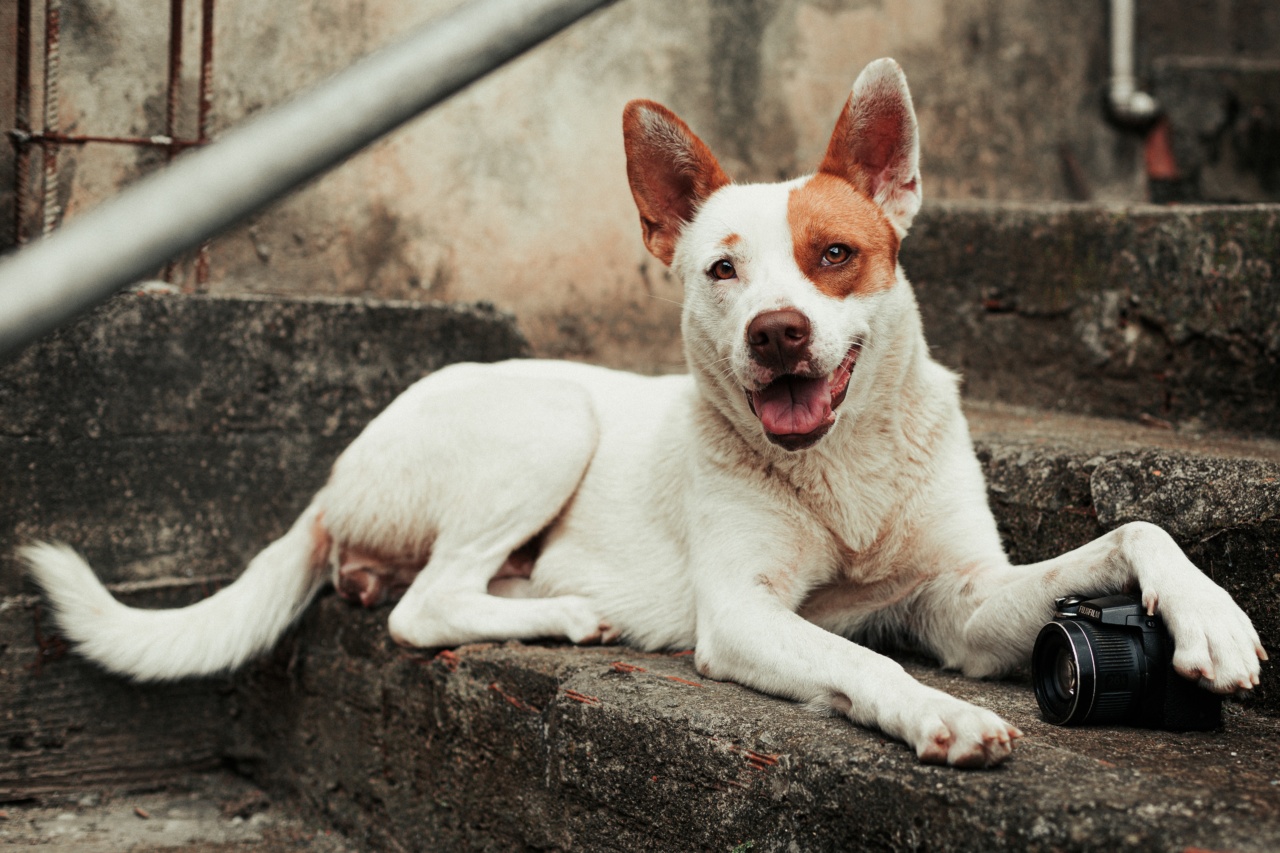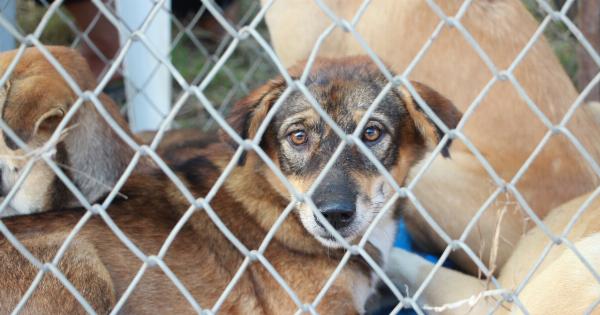Animal abuse is a serious issue that occurs all around the world. It is a form of cruelty that involves the infliction of harm or suffering onto animals, ranging from domestic pets to farm animals and wildlife.
If you witness or suspect animal abuse, it is essential to take the necessary steps to report it. By reporting animal abuse, you can help safeguard the welfare and well-being of innocent creatures. This article outlines the step-by-step process of reporting animal abuse.
Step 1: Gather Evidence
The first step in reporting animal abuse is to gather evidence. Document any incidents by taking photographs or videos, if it is safe to do so.
Make sure your evidence clearly shows the animal’s condition, the abuse or neglect they are experiencing, and any identifiable individuals involved in the abusive behavior. Collect any additional information, such as dates, times, locations, and descriptions of the abuse.
Step 2: Identify the Appropriate Authority
Next, identify the appropriate authority to report animal abuse to. This will depend on your location. In most cases, the local animal control agency or animal welfare organization is responsible for handling such reports.
You can find their contact information through online directories, government websites, or by calling your local non-emergency police number. If you are unsure, you can contact animal advocacy groups or veterinarians in your area for guidance.
Step 3: Make a Written Report
Once you have gathered evidence and identified the appropriate authority, it is time to make a written report. Compose a detailed report that includes all the information you have collected.
Be sure to provide precise details regarding the animal abuse, the individuals involved, and any witnesses if applicable. Include your own contact information as well so that the authorities can reach out to you for any additional information or clarification.
Step 4: Submit Your Report
Submit your written report to the designated authority. This can usually be done in person, by mail, or through online submission forms. Follow the instructions provided by the authority to ensure your report is received and documented properly.
If you are mailing your report, it is advisable to request a return receipt or a confirmation of delivery to ensure your report is not lost.
Step 5: Follow Up
After submitting your report, it is crucial to follow up on its progress. Contact the authority you reported to after a reasonable period to inquire about the status of your report.
In some cases, due to limited resources or a high volume of reports, investigations may take time. Be patient but persistent in getting updates and ensuring that action is being taken.
Step 6: Consider Anonymous Reporting
If you are concerned about your own safety or retaliation, you may choose to make an anonymous report. Many animal welfare organizations and authorities allow anonymous reporting to protect the identity of the reporter.
However, it is important to note that anonymous reports may be given lower priority than those made by identified individuals.
Step 7: Report to Law Enforcement if Necessary
If the animal abuse involves serious crimes, such as dogfighting, organized animal cruelty, or illegal wildlife trade, it may be necessary to report it to law enforcement agencies as well.
Contact your local police department or the appropriate agency specialized in handling such cases. Provide them with the evidence and information you have collected, and they will be able to proceed with further investigation and take appropriate legal action.
Step 8: Seek Legal Advice
If you believe the animal abuse is ongoing and the authorities have not taken appropriate action, you may want to seek legal advice. Consult with an attorney specializing in animal law to understand your options and potential next steps.
They can guide you on how to address the situation legally and help protect the rights and well-being of the abused animals.
Step 9: Raise Awareness
In addition to reporting animal abuse, it is essential to raise awareness about the issue. Use social media platforms, community forums, or organize local events to educate others about animal cruelty and how to report it.
The more people are informed, the higher the chances of early intervention and prevention of animal abuse.
Step 10: Support Animal Welfare Organizations
Lastly, support animal welfare organizations and advocacy groups that work tirelessly to combat animal abuse. These organizations rely on donations and volunteers to continue their vital work.
Consider donating funds, offering your time and skills, or even fostering or adopting animals in need.






























